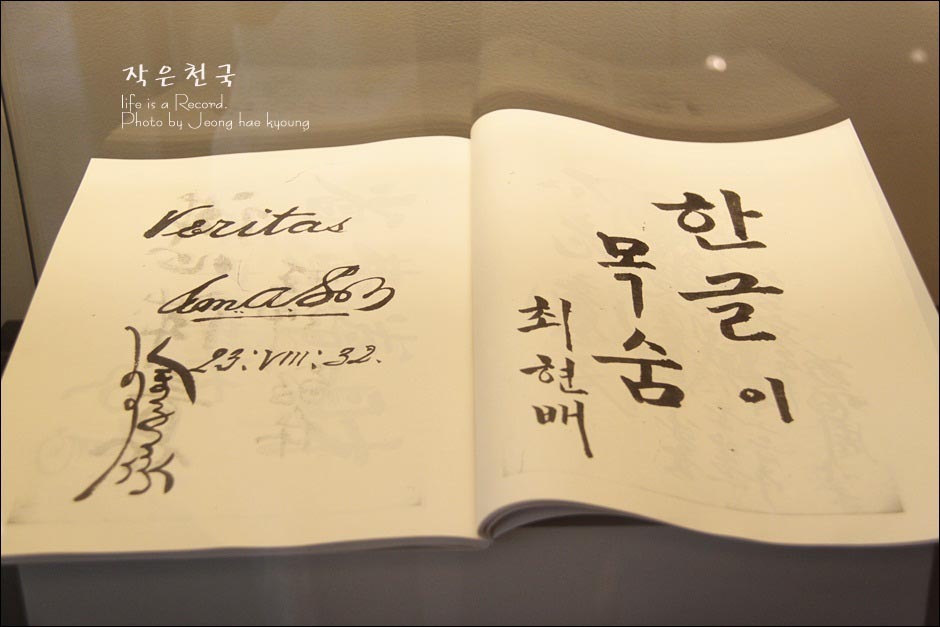Valentine’s day is the one day put aside every year, on the 14th of February, to celebrate the love between a couple. It is a rather controversial(?) holiday with many people contesting that it is the result of chocolate and flower companies conspiring to increase sales and that people should love equally on every day. The day is full of hearts and cupids and chocolate, making it the perfect day for couples to show off to the world just how much they adore each other, while single people put up a nonchalant face while desperately trying to distract themselves from the fact that they alone (there is also a statistic that states suicide rates peak during Valentine’s day).
February 14th was not always associated with romantic love. Originally it was a day honouring Saint Valentine of Rome (it is debated whether day honours him or another Saint Valentine – Valentine of Terni). In 1st century Rome, it was illegal for Christians to marry. Saint Valentine secretly performed weddings for Christians under threat of death (helping Christians was illegal too). He was eventually caught, imprisoned, tortured and killed.
As one can see, the story (and its ending) is not the most romantic one and Valentine was honoured for helping Christians rather than being involved in marrying people. It appears that the romantic association started around the 14th century in Parlement of Foules by Chaucer. Up until the 19th century, the only custom for Valentine’s Day was the giving of cards (or “valentines”) between loved ones. It was in the mid-1900’s when the practice of giving roses and chocolates arose (most likely due to advertising campaigns by companies for the commercialisation of the day), with the diamond industry promoting a custom of giving jewellery on Valentine’s Day.
Another not-so-lovely story related to Valentine’s Day is the infamous Saint Valentine’s Day Massacre of Chicago in 1929. In a conflict related to gangs and bootlegging, the South Side Italian gang led by Al Capone initiated a deadly attack resulting in the death of seven deaths.








